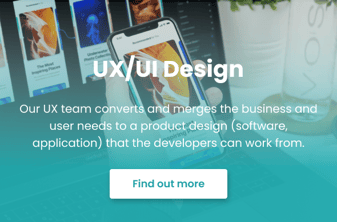Top 5 UX/UI Design trends to look forward in 2022

- UX/UI DESIGN
Designers have been working from home since the beginning of the pandemic, which has undoubtedly created a favourable effect on design outcomes. The new wave of virtual reality has created an environment for UX/UI designers that enables them to spend more time on research and pay better attention to the small details of the final products. This view also affects the UX/UI trends in 2022.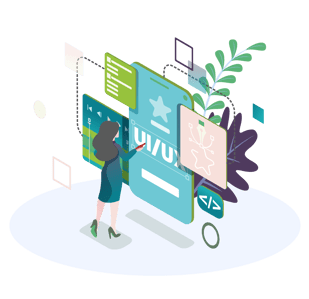
|
|
What is UX?User experience (UX) design is the process of creating framework, prototype for the given product to make users' interaction smooth and enjoyable on the digital interface (website, web app, native app). According to Nielsen, "User experience encompasses all aspects of the end-user's interaction with the company, its services, and its products.". The end goal of UX design is to create a viable product that is usable for various user segments at the same time. |
|
Ideal characteristics of the final product:
- Usable: A product needs to be easy to use
- Useful: A product must fulfil the needs of the given user.
- Desirable: The graphic aesthetics of the outcome.
- Findable: The user finds the answer to their question quickly.
- Accessible: The product needs to be accessible to every user.
- Credible: The owner of the product must be trustworthy.
(Source: Peter Morville)
It's essential to distinguish UI (User Interface) design from UX, even though the two processes are highly connected to each other. UX design starts with a problem to solve and ends with an interface prototype, while UI design gives life to the scheme.
|
|
What is UI?User interface (UI) design is the process of giving an end-look of the product in line with the company branding guidelines. The goal of UI is to make the interface aesthetically pleasing and enticing. UI design uses colours, typography, images, animations, and other visual elements to make the UX prototype user-friendly. |
|
|
|
UX/UI trends to look forward in 2022
|
|
Minimalism and simplifying user-journey
Leading tech companies emphasize creating digital products that are simple, easy to use and informative rather than multi-complexed. As the interfaces become more transparent, the marketing message follows the same belief: short communication, no-frills interfaces.
Data-focus
On one hand, users love to see what's happening on the products and in the background. Grape's white-label mobility app, Montu, provides information about the number of electric chargings, parkings, tolling tickets, as well as the sum of time spent with electric charging or parking. On the other hand, creating UX/UI designs based on research becomes fundamental as products collect more data from users who actively use the app.
Personalization
Personalization is strongly connected with the data-focus factor, as companies can provide the highest quality content for their users if they know their user journey in the app, for example, which pages users visit actively and which terms they searched recently. The main goal of personalization is to make the given user believe that the product is created especially for them. There is a wide variety of personalization types; think about music or movie, series streaming platforms where the interface creates a list based on your favourable genres and last viewed items. The listing is endless, thanks to AI.
Vibrant colour and typography usage
Specific user segments, especially Generation Y and Z, prefer vivid colours and font types. This trend doesn't knock minimalism out, as using one primary colour and font is standard in UX/UI design. Branding, colour usage always depends on the marketing message the product intends to show its users.
Metaverse
Metaverse is newly added to UX/UI design lists as Facebook launched its virtual world in 2021. Facebook's metaverse is a VR remote working environment to bring team members closer during 'working from home' situations. It just increases the significance of metaverses as Facebook announced hiring 10,000 people to work on the metaverse project. The virtual environment brings new challenges and opportunities for companies and interface designers.
Share this post on social media:
Posts by Tag
- IoT (17)
- Smart cities (16)
- E-mobility (14)
- Energy Management (10)
- Mobility (9)
- Software development (9)
- Marketing automation (6)
- RPA (6)
- Robotic Process Automation (6)
- electric vehicles (6)
- Internet of Things (5)
- IoT solution (5)
- Marketing software (5)
- Smart Building (5)
- Business Intelligence (4)
- Custom applications (4)
- IoT platform (4)
- Uipath (4)
- electric charging (4)
- IoT devices (3)
- Properties (3)
- AI (2)
- BI (2)
- Montu (2)
- Multi-device functionality (2)
- Omnichannel (2)
- RPA Budapest (2)
- Smart city (2)
- UX design (2)
- app development (2)
- artificial intelligence (2)
- crm (2)
- crm software (2)
- electric charging station (2)
- machine learning (2)
- marketing campaign (2)
- optima (2)
- API Testing (1)
- Agriculture (1)
- Automated Testing (1)
- BYOD (1)
- EV (1)
- Energy Communities (1)
- Event insights (1)
- Event report (1)
- Green IoT (1)
- HR (1)
- IT Outsourcing (1)
- ML (1)
- Power BI (1)
- Resource Management (1)
- Smart Home (1)
- Smart Office (1)
- TaaS (1)
- UX/UI Design (1)
- Xamarin (1)
- cloud (1)
- cloud computing (1)
- cross-selling (1)
- data driven marketing (1)
- digital twin (1)
- dynamic customer segmentation (1)
- esg (1)
- inbound marketing (1)
- industry 4.0 (1)
- onprem (1)
- onpremise (1)
- scalability (1)
- software robot (1)
- testing as a service (1)
- upselling (1)
Recent Posts
Read On
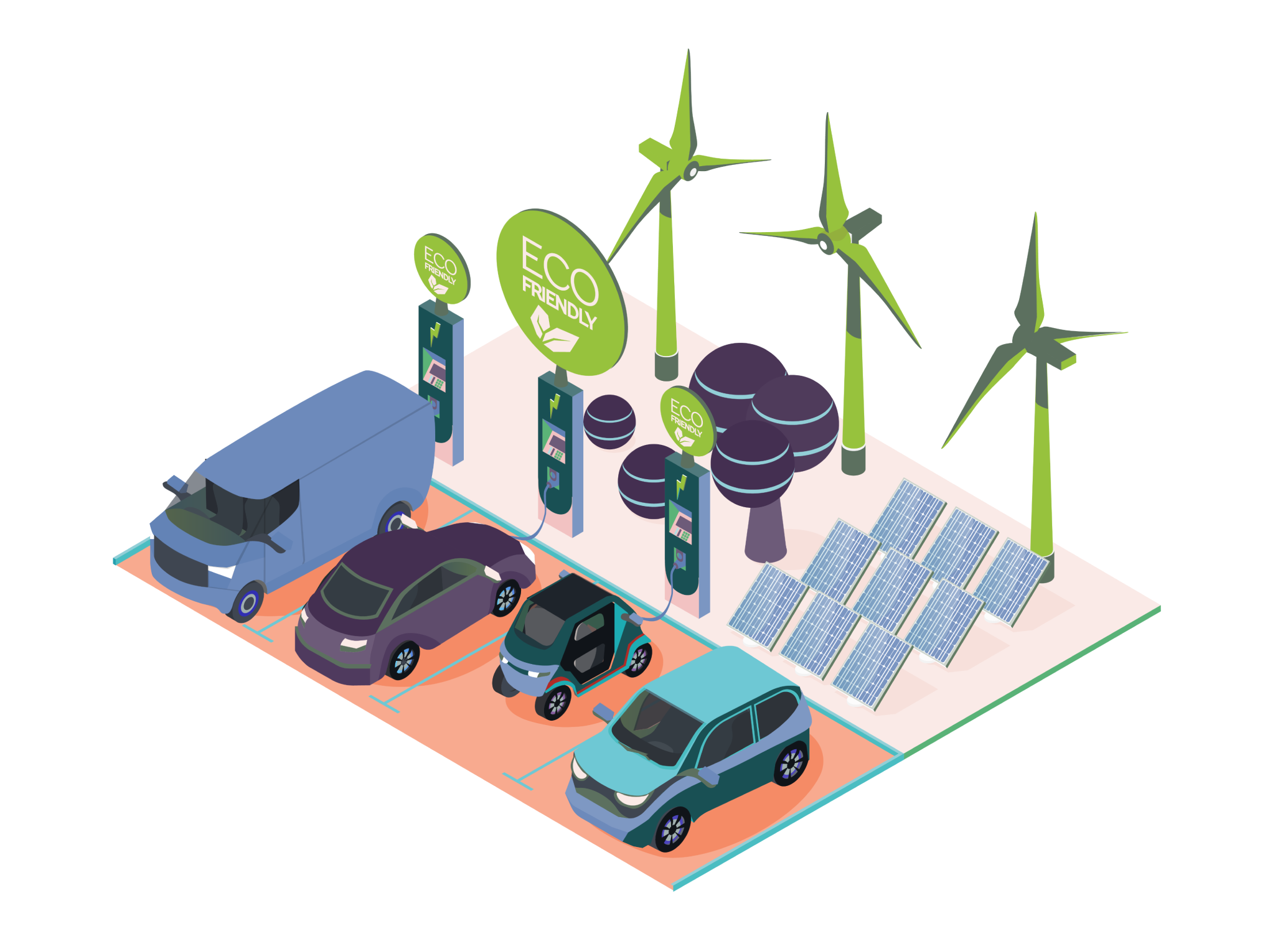
- MOBILITY
- E-MOBILITY
- ELECTRIC VEHICLES
- APP DEVELOPMENT
Did COVID-19 slow down or speed up Mobility developments?
When coronavirus appeared in 2020, many industries experienced a rapid drop down in productivity across the globe. Factories had to stop their production for a short period of time and the uncertain environment has created new challenges for different industries. The decrease in traffic forced...
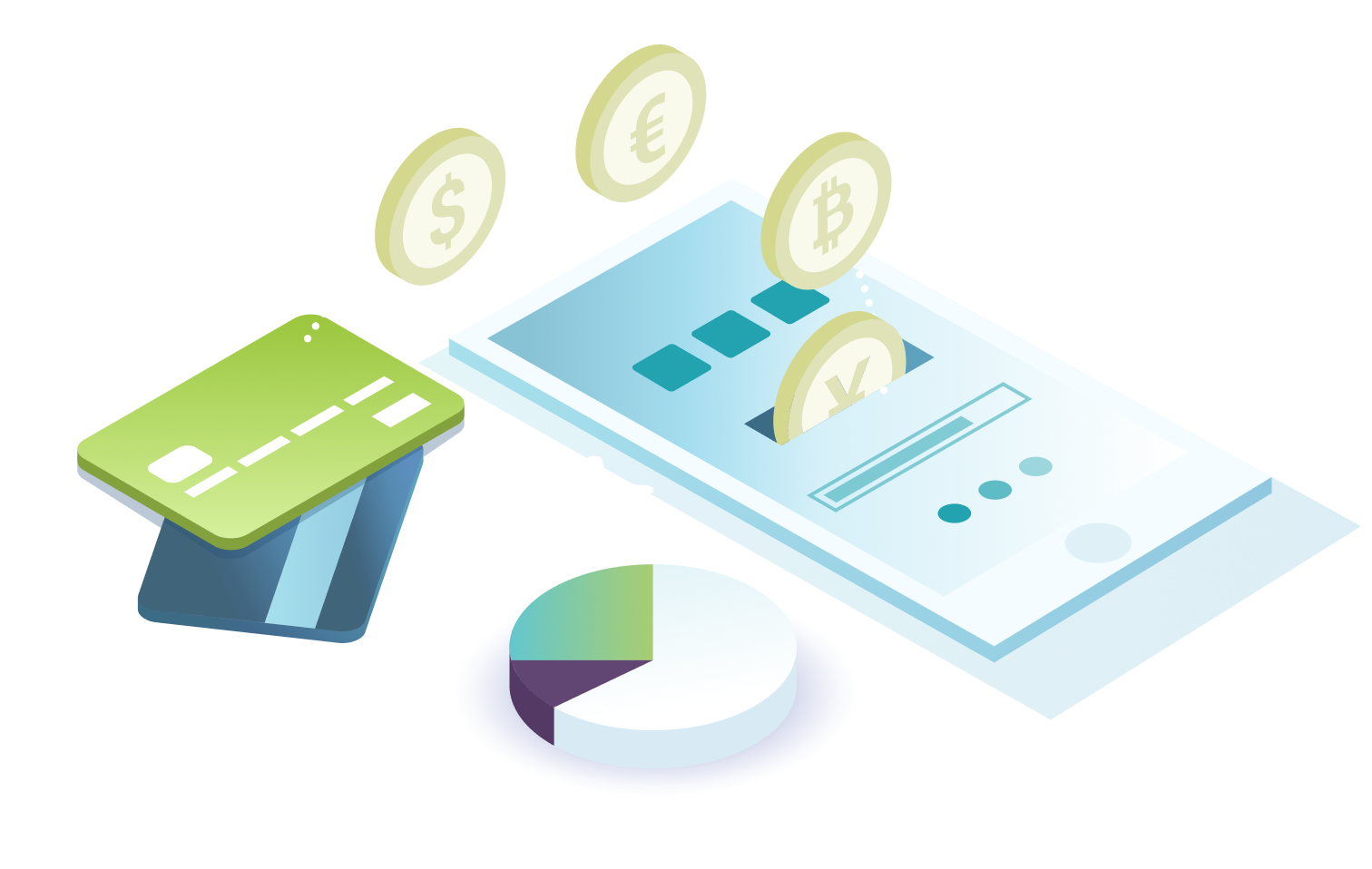
- SOFTWARE DEVELOPMENT
- MOBILITY
- E-MOBILITY
- SMART CITIES
5 reasons to choose a white-label electric vehicle charging solution
Most ideas start with common sense: we would like to solve a given problem of our future customers; accordingly, we would like to provide a solution as soon as possible. In most cases, we wish to create a product sooner than the development phase would be optimal, resulting in quality decreases. It...
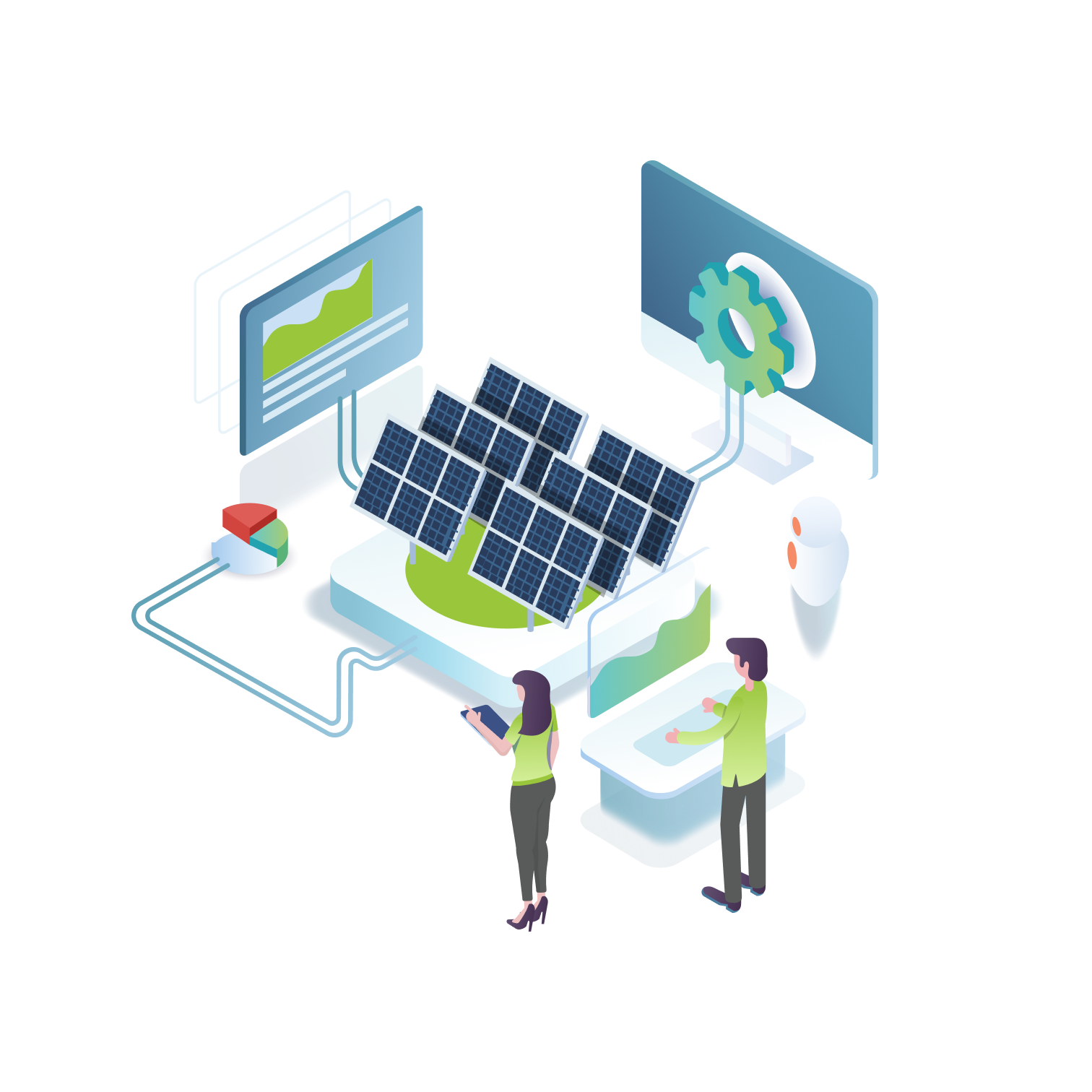
- IOT
- SMART BUILDING
- ENERGY MANAGEMENT
- SMART CITIES
Emerging technology trends for smart buildings in 2023
The last three years have created a challenge-full period for property owners, think about COVID-19, when many of use were forced to change our working environment to our homes or the recent energy crisis that still seems to form our daily lives in 2023. Hybrid office solution became a usual phrase...
